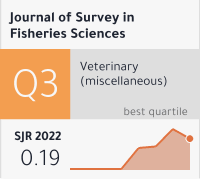Evolution of Capital Market Trends and the Regulatory Oversight of the Securities and Exchange Board of India (SEBI).
Keywords:
Capital, Institutional Reform, Risk, SecuritiesAbstract
During the 1990s, significant regulatory and institutional reforms were implemented in the Capital Market sector in India, coinciding with the liberalization policies introduced in 1991. The need for financial reform became apparent, leading to the establishment of the Securities and Exchange Board of India (SEBI) in 1988 to oversee the securities market. SEBI has formed various committees over time to effectively manage and develop the securities market. The organization operates through multiple departments and regional offices, with its headquarters located in Mumbai.
Currently, Mr. Ajay Tyagi serves as the Chairman of SEBI.
In 1992, SEBI was designated as the statutory market regulator, with expanded authority to regulate collective investment schemes and plantation schemes following an amendment in 1999. Subsequent amendments in 2002 further empowered SEBI with compliance and enforcement powers. SEBI's functions include safeguarding investors' interests in the securities market, promoting market development, regulating stock exchange activities, advancing investor education, and training intermediaries. Additionally, SEBI is tasked with preventing insider trading, overseeing substantial acquisitions of shares and company takeovers, as well as registering and regulating various market participants such as stock brokers, depositories, credit rating agencies, and mutual funds. SEBI also promotes and regulates self-regulatory organizations within the securities market ecosystem.









